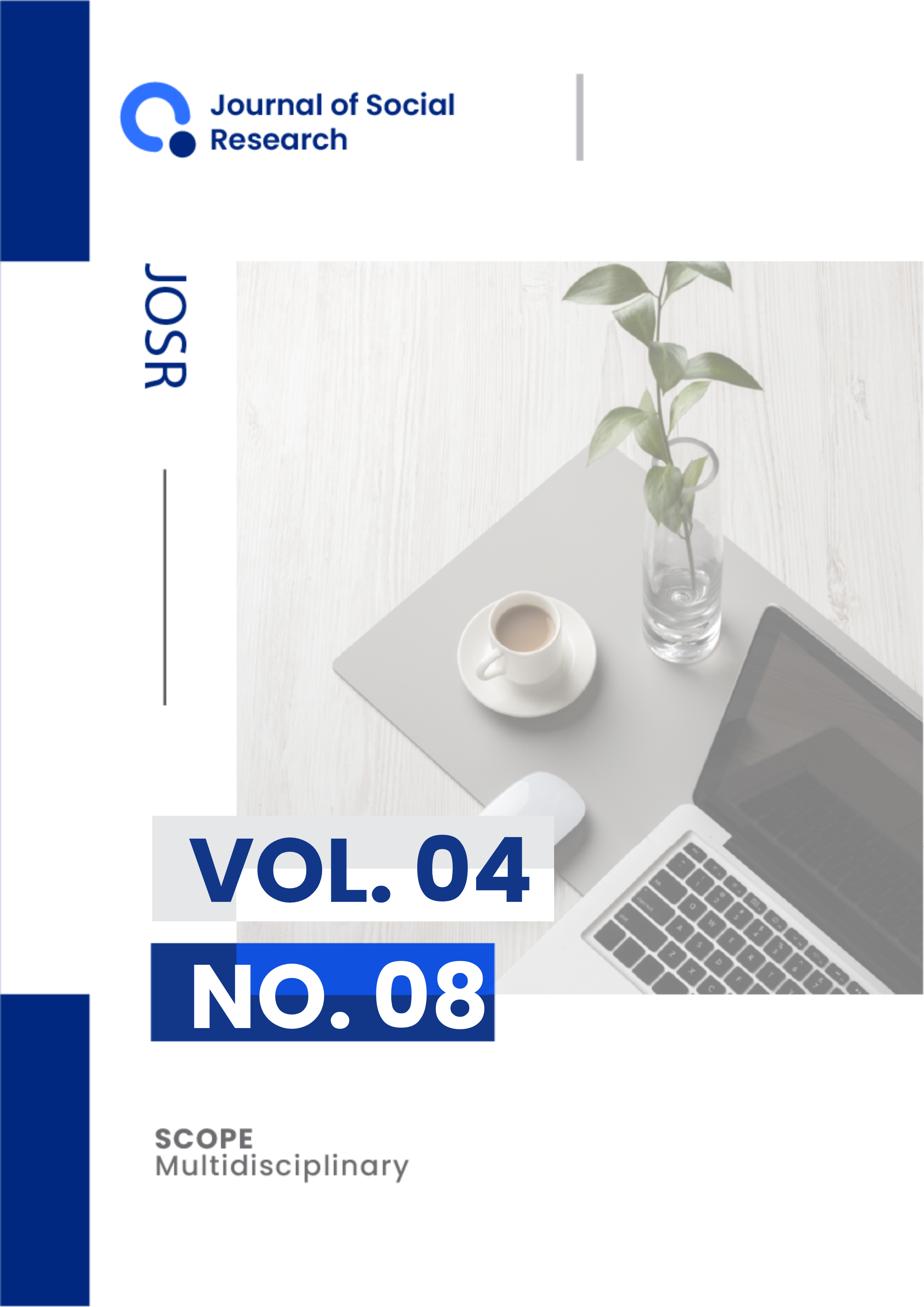Retrospective Risk Assessment of Wakal-Taeno Road Functionality Failure Based on SNI IEC/ISO 31010:2016
DOI:
https://doi.org/10.55324/josr.v4i7.2684Keywords:
Wakal-Taeno Road, Functional Failure, Risk Assessment, Root Cause Analysis, SNI ISO/IEC 31010:2016.Abstract
The Wakal-Taeno road on Ambon Island is a crucial link between Ambon City and the Leihitu sub-district. Although completed in 2023 using Presidential Instruction funds and officially operational in 2024, the road has already experienced multiple functional failures. This study retrospectively analyzes contributing factors and reassesses risks using the SNI ISO/IEC 31010:2016 standard. Primary data were collected through visual field inspections, supported by secondary data from news reports and academic sources. Root Cause Analysis (RCA) was employed to identify core problems, while the ISO framework guided risk identification, probability-impact analysis, and risk evaluation. Key issues identified include the collapse of a temporary Bailey bridge in June 2025, landslides on slopes, and settlement of bridge approaches. RCA revealed root causes such as insufficient geotechnical and hydrological investigations, unsuitable design and materials selection, incomplete risk assessments, and reactive, rather than proactive, maintenance strategies. The risk reassessment categorized bridge collapse, slope failures, and approach instability as high and unacceptable risks (risk scores: 16–20), while drainage system deficiencies were moderate (score: 12), and early pavement degradation was low (score: 9). Recommendations include constructing permanent bridges designed according to local geotechnical conditions, slope stabilization and reinforcement, integrated drainage systems, and proactive maintenance programs. Applying the SNI ISO/IEC 31010:2016 framework from the planning stage, alongside enhanced inter-agency coordination, is essential for sustainable infrastructure development in hazard-prone regions. Validation was ensured through data triangulation, member checking, and methodological transparency to strengthen the study’s credibility.Downloads
Published
Issue
Section
License
Copyright (c) 2025 Maycel George Mumu, Marthin Dody J Sumayouw, Steenie Edward Wallah

This work is licensed under a Creative Commons Attribution-ShareAlike 4.0 International License.

This work is licensed under a Creative Commons Attribution-ShareAlike 4.0 International.
Authors who publish with this journal agree to the following terms:
- Authors retain copyright and grant the journal right of first publication with the work simultaneously licensed under a Creative Commons Attribution-ShareAlike 4.0 International (CC-BY-SA). that allows others to share the work with an acknowledgement of the work's authorship and initial publication in this journal.
- Authors are able to enter into separate, additional contractual arrangements for the non-exclusive distribution of the journal's published version of the work (e.g., post it to an institutional repository or publish it in a book), with an acknowledgement of its initial publication in this journal.
- Authors are permitted and encouraged to post their work online (e.g., in institutional repositories or on their website) prior to and during the submission process, as it can lead to productive exchanges, as well as earlier and greater citation of published work.








